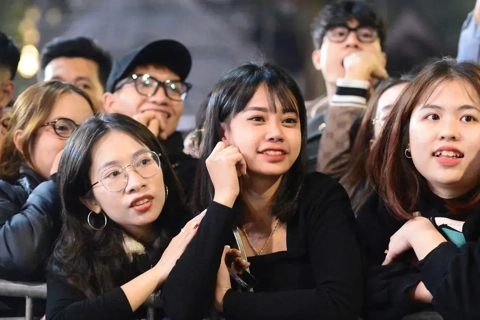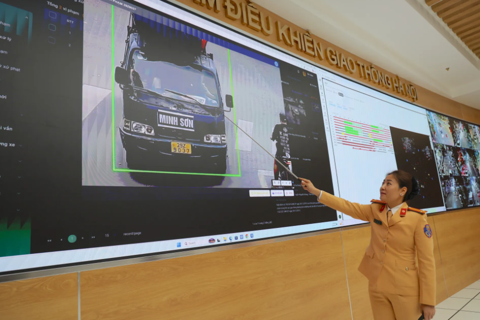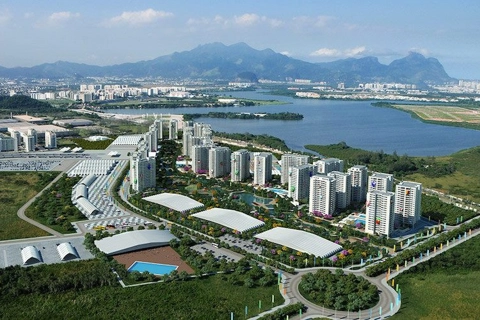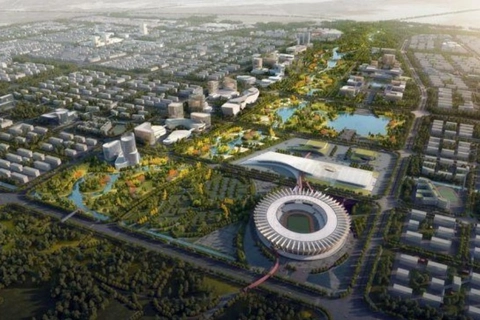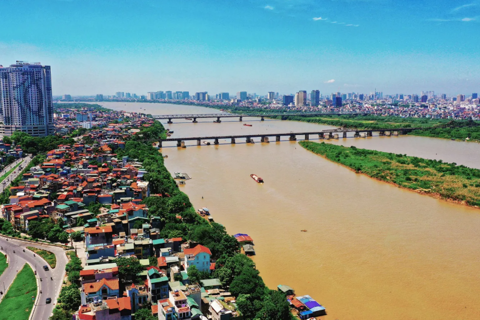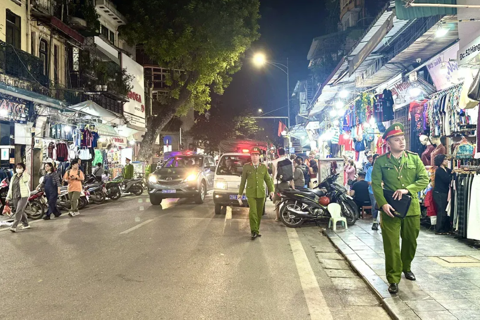Unleashing potential of public art spaces to shape Hanoi urban identity
The introduction of new public art spaces has breathed new life into the otherwise cramped and stifling spaces of downtown Hanoi.
Public art spaces are an essential part of modern urban life, playing a significant role in shaping the aesthetics of cities and enhancing their appeal.
| Phung Hung Mural Street. Photo: Pham Hung/The Hanoi Times |
Phung Hung Mural Street, once a series of moss-covered arches, has been revitalized. Through the creativity of designers, murals depicting old Hanoi – such as images of department stores, women carrying flower baskets, trams, and traditional Tet gifts – have been vividly brought to life, celebrating the city’s heritage and reshaping the neighborhood.
Numerous public art projects have not only beautified urban spaces but also injected new vitality into them, earning recognition from both the city and its residents. Examples include the Ceramic Road along the Red River, the public art project on the Tran Nhat Duat pedestrian bridge, playgrounds created by Think Playgrounds, the pedestrian areas around Hoan Kiem Lake, Son Tay Town, and Trinh Cong Son Street.
Many artists have expressed that these projects, which enhance the landscape and enrich the cultural life of communities, have breathed new life into the otherwise cramped and stifling spaces of downtown Hanoi.
| Contemporary art installations on the Tran Nhat Duat pedestrian bridge. Photo: Duy Khanh/The Hanoi Times |
Moreover, the design of public art spaces remains monotonous with no distinctive character. Large spaces, such as the walking area around Hoan Kiem Lake or Dong Kinh Nghia Thuc Square, are mostly inherited from French colonial-era planning, with little evidence of modern creativity.
Dr. Tran Hau Yen The notes that many public spaces like parks and gardens in Hanoi appear to have a "one-size-fits-all" design. “Instead, designs associated with the Old Quarter or cultural hubs should be unique and representative.”
Another issue hindering the effectiveness of public art spaces is the underutilization of potential locations. Hanoi boasts numerous parks and squares with historical and cultural significance that are ideal for public art spaces. However, as artist Le Dang Ninh points out, some squares are treated merely as empty grounds, with only minimal features like statues or flower gardens, missing opportunities to create diverse and vibrant public art environments.
Shaping urban identity
Dr. Le Phuoc Anh from Hanoi National University likens public spaces to a city's living room, emphasizing that they represent the city's landscape and identity.
This analogy underscores the vital role of public art spaces in conveying cultural, artistic, and historical values while shaping urban identity.
“To create a distinct urban character, public art spaces must reflect their locale’s unique features and involve collaboration among government agencies, businesses, designers, and the community,” Anh said.
Currently, many public art spaces in Hanoi are driven by individual initiatives or small groups of dedicated creators. However, such efforts are insufficient to establish long-lasting and impactful spaces. To inspire creators and promote the sustainable development of public art, the city needs mechanisms to support research and experimentation with new models. Establishing a public art fund could attract private and foreign investors, as well as businesses, to partner with the city in developing public art spaces.
“Public art spaces must be people-centered,” Anh said, asserting that such spaces must ensure accessibility for everyone.
Artist Nguyen The Son adds that public art spaces can only fulfill their mission with community consensus. The success of the Phuc Tan public art project was due to the involvement of residents from the initial idea-sharing stage to its execution and ultimate enjoyment.
Similarly, architect Chu Kim Duc, co-founder of Think Playgrounds, emphasizes that a public art space is effective only when the local community becomes part of it. She recalls local residents enthusiastically supporting and maintaining public art spaces once they realized their value.
Hanoi urgently needs more public art spaces to highlight its identity and enhance its appeal. With an abundance of architects, artists, and a thriving creative community, alongside numerous competitions, projects, and research initiatives to revitalize public spaces, there is reason to hope for a brighter future, said Duc.
“Achieving this goal requires a collective understanding of the importance of public art spaces in fostering cultural industries, tourism, and the community’s spiritual life, as well as contributing to the overall development of the capital,” he continued.

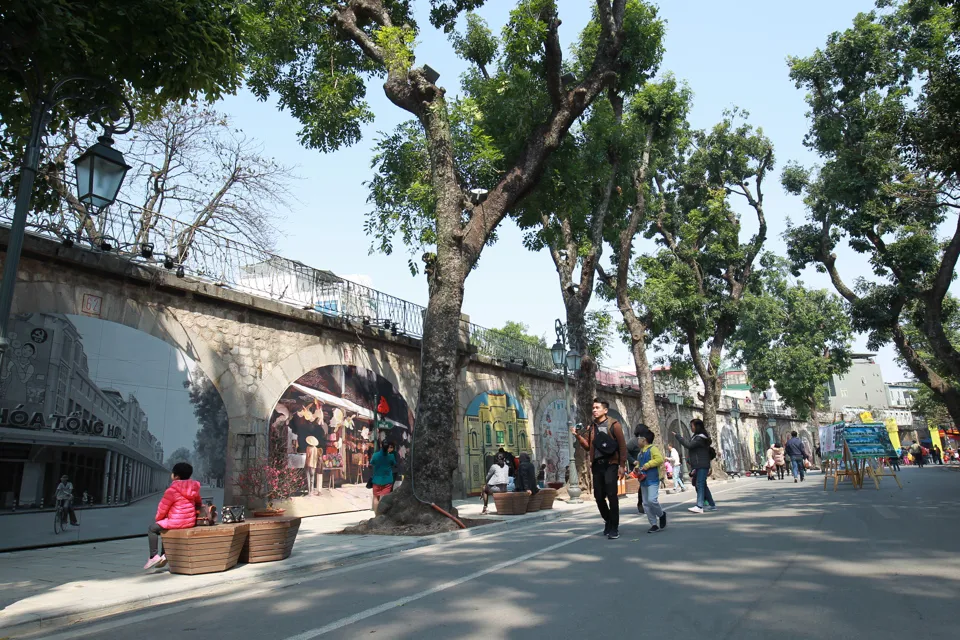
.jpg)



